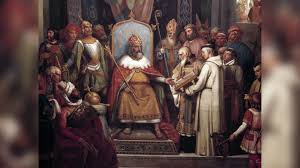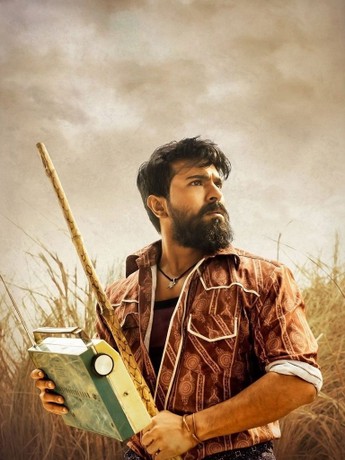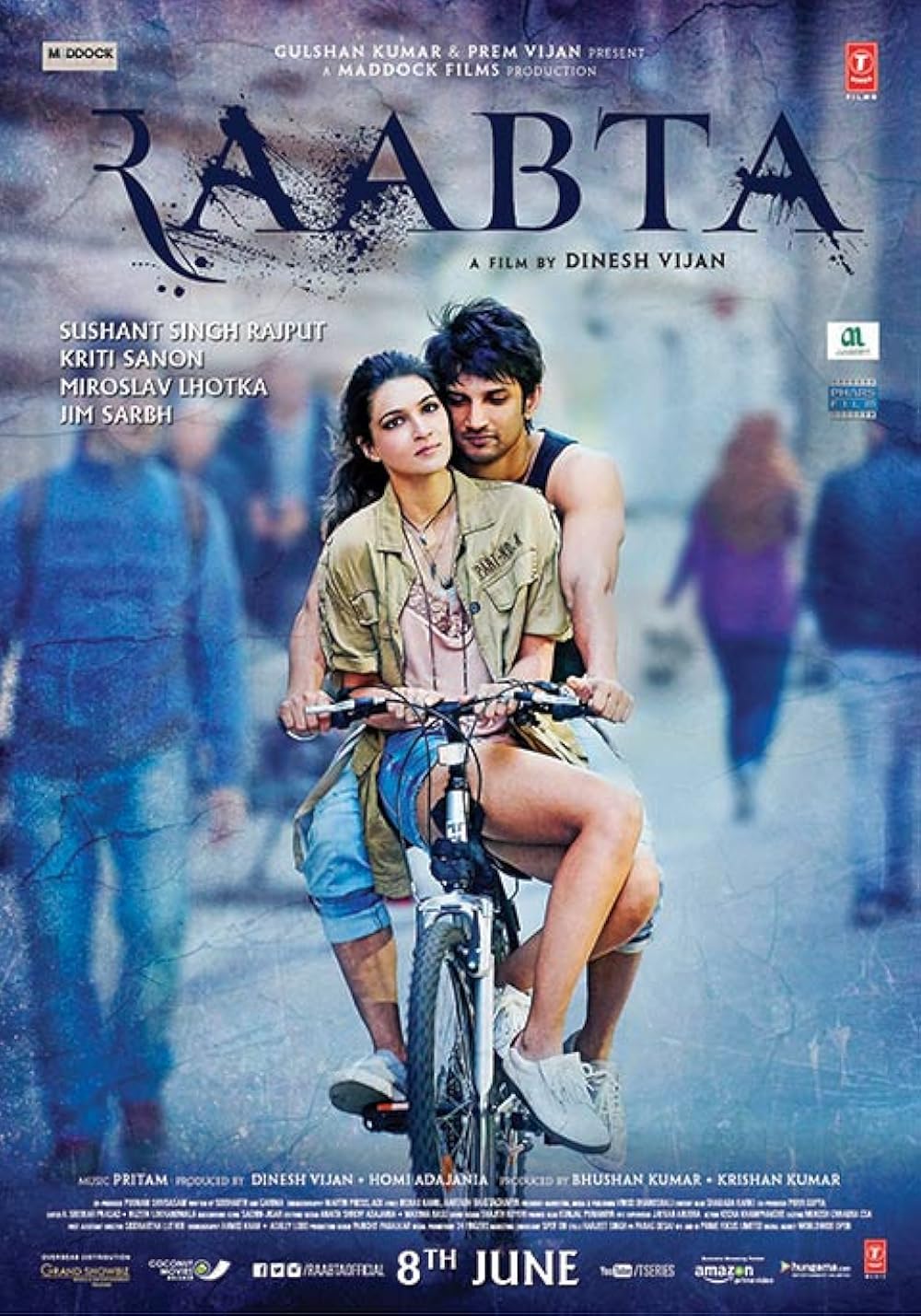The Renaissance meaning, which means “rebirth” in French, was one of the most transformative periods in human history. Beginning in the 14th century and lasting into the 17th century, this movement marked the transition from the Middle Ages to modern times. It was not just an artistic revival, but a revolution in ideas, science, literature, and philosophy that reshaped Europe and influenced the entire world.
The Roots of the Renaissance
The Renaissance began in Italy, particularly in cities like Florence, Venice, and Rome. Italy’s strategic location, strong economy, and thriving trade made it a center for cultural exchange. Wealthy families, such as the Medici of Florence, played a crucial role by sponsoring artists, scholars, and architects. This financial support allowed creativity to flourish, turning Italy into the cradle of the Renaissance.
Humanism: A Shift in Thinking
One of the defining features of the Renaissance was humanism—a movement that emphasized the study of classical texts, human potential, and worldly achievements. Unlike the medieval period, which was dominated by strict religious views, humanism placed value on the individual, critical thinking, and curiosity about the natural world. Scholars turned to ancient Greek and Roman literature, drawing inspiration from philosophers like Plato, Aristotle, and Cicero.
Artistic Achievements
Renaissance art broke away from the flat, symbolic style of the Middle Ages and embraced realism, perspective, and emotion. Artists began to study anatomy and nature to create lifelike representations. Masters like Leonardo da Vinci, Michelangelo, and Raphael transformed art into a celebration of beauty, science, and human expression.
- Leonardo da Vinci’s Mona Lisa and The Last Supper are timeless masterpieces that reveal his genius in blending art with science.
- Michelangelo’s sculptures, such as David and his work on the Sistine Chapel ceiling, demonstrated extraordinary skill and emotional depth.
- Raphael’s paintings brought harmony, clarity, and grace, influencing generations of artists.
Scientific Discoveries
The Renaissance also sparked groundbreaking developments in science and technology. The period encouraged observation, experimentation, and questioning of traditional beliefs. Figures like Nicolaus Copernicus challenged the old geocentric model of the universe, introducing the idea that the Earth revolves around the Sun. Galileo Galilei further advanced astronomy with his telescope, while Andreas Vesalius made vital contributions to anatomy.
The invention of the printing press by Johannes Gutenberg in the mid-15th century accelerated the spread of knowledge. Books became more affordable, literacy rates improved, and new ideas reached wider audiences, fueling the intellectual revolution.
Literature and Philosophy
Renaissance literature reflected the new humanist spirit. Writers such as Dante Alighieri, Geoffrey Chaucer, and Petrarch laid the groundwork for this cultural renewal. Later, William Shakespeare emerged as one of the greatest playwrights of all time, capturing the complexity of human nature in works like Hamlet, Romeo and Juliet, and Macbeth.
Philosophers like Niccolò Machiavelli challenged political ideals with works such as The Prince, while Erasmus of Rotterdam promoted education and moral reform. These writings influenced not only their own societies but also the development of modern thought.
Architecture and Innovation
Renaissance architecture was characterized by symmetry, proportion, and the revival of classical Greek and Roman styles. Architects like Filippo Brunelleschi, who designed the dome of Florence Cathedral, introduced engineering marvels that continue to inspire awe today.
Technological innovations also flourished. Advances in navigation, such as the compass and improved maps, supported the Age of Exploration. Explorers like Christopher Columbus and Vasco da Gama expanded trade routes and connected Europe with distant continents, laying the foundation for globalization.
The Legacy of the Renaissance
The Renaissance was more than a cultural awakening—it was a turning point in human history. It encouraged freedom of thought, the pursuit of knowledge, and the celebration of human creativity. Its influence can still be felt today in art, literature, science, politics, and education.
The spirit of the Renaissance reminds us that curiosity and innovation have the power to transform societies. By rediscovering the wisdom of the past and daring to challenge old ideas, humanity took a giant step toward the modern world.







